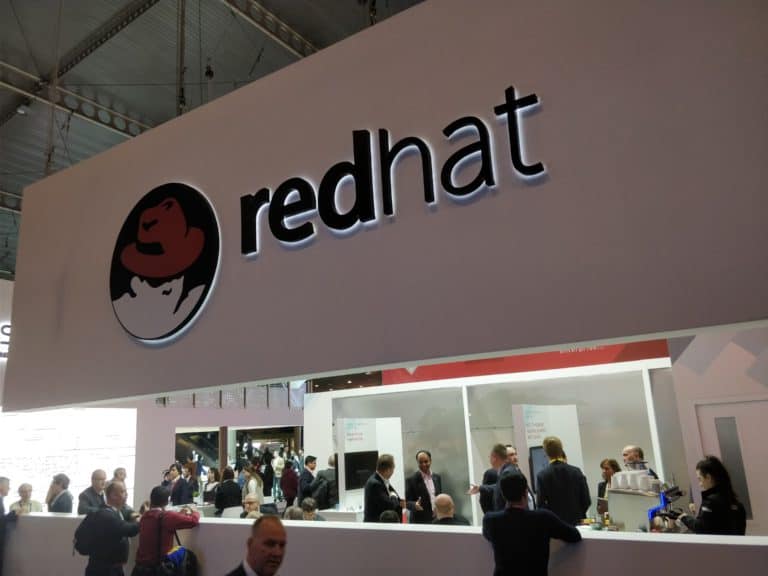Red Hat’s new version of its enterprise open source Enterprise Linux platform is designed to help businesses and organizations better manage workloads across a variety of cloud environments. These are public, hybrid and multicloud environments, as well as bare-metal environments.
As if the recent acquisition by Big Blue was the most normal thing in the world, the open source specialist now simply releases an optimized version of its open source Enterprise Linux platform.
According to Red Hat, this is a matter of urgency because many companies are switching to multi-client and hybrid cloud environments. This should be as simple as possible, so companies want the different workloads to continue to work in a consistent manner, regardless of whether they are running in the aforementioned cloud environments or in bare metal situations. A well-functioning and optimized operating system is a nice bonus.
Options of Enterprise Linux 7.6
In the meantime, Enterprise Linux version 7.6 has been released. This promises many improvements to support companies and organizations in keeping up with cloud native technologies while at the same time keeping the entire IT environment stable.
The release includes enhanced security and compliance options with the advent of the Trusted Platform Module (TPM) 2.0. These are hardware modules that complement the Network Boud Disk Encryption (NBDE) already present in EP Linux 7. This creates two layers of security within hybrid cloud environments to keep the data on disks physically safer. The network-based NBDE provides security in all network environments, while TPM works on-premise and adds an extra layer by attaching the disks to specific physical systems.
Other improvements include easier management for firewalls through improved nftables, updated cryptographic algorithms for RSA, and the elliptic-curve cryptography (ECC) is now enabled by default.
Management and automation
Linux is nowadays often the standard operating system within data centers according to Red Hat. The open source specialist therefore considers it important that all administrators, including those who used to work with other operating systems, quickly master EP Linux. For this purpose, the Web Console has been improved in version 7.6, which now offers graphical information about the health and status of the Red Hat system, among other things. For example, finding updates more easily, automated configuration of single sign-on and an interface for firewall management.
Furthermore, the release supports Red Hat Enterprise Linux System Roles. This is a collection of Ansible modules that provide a stable and consistent way to further automate and remotely manage EP Linux deployments.
Linux container innovations
The latest release also offers more functionality for cloud native applications such as containers. Version 7.6 introduces a lightweight container toolkit with the open source tools Buildah, Skopeo, CRI-O and Podman.
Building on Buildah and Skopeo, Podman allows users to run containers and groups of containers (pods) from a familiar command-line interface without the need for a daemon. According to Red Hat, this should reduce the complexity of container creation and make it easier for developers to build containers on workstations, CI/CD systems and even on HPC or big data scheduling systems.
Version 7.6 is now available for Red Hat Enterprise Linux end users with a subscription.
This news article was automatically translated from Dutch to give Techzine.eu a head start. All news articles after September 1, 2019 are written in native English and NOT translated. All our background stories are written in native English as well. For more information read our launch article.